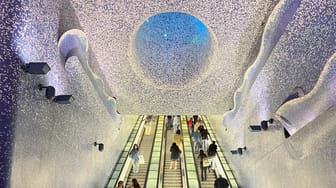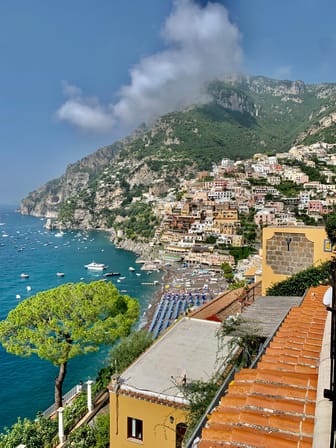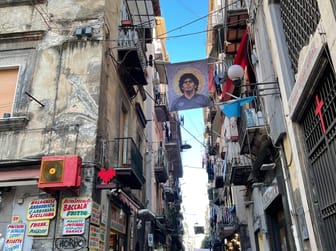Naples National Archaeological Museum
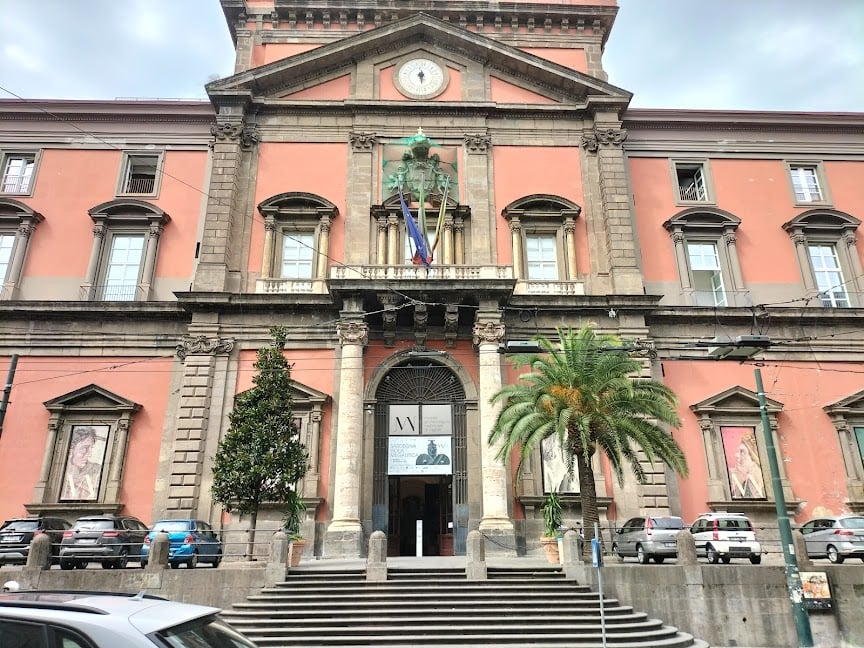
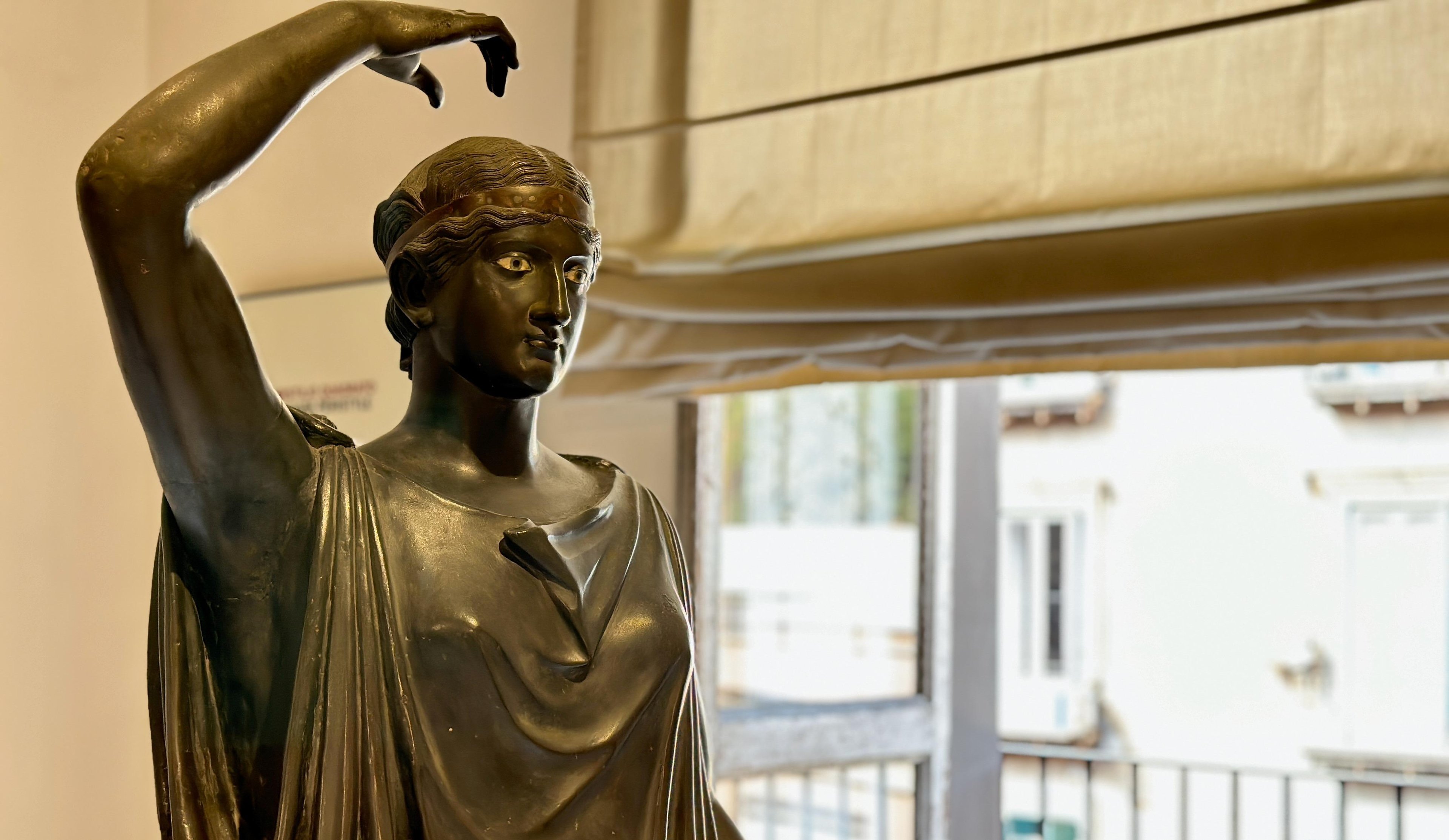
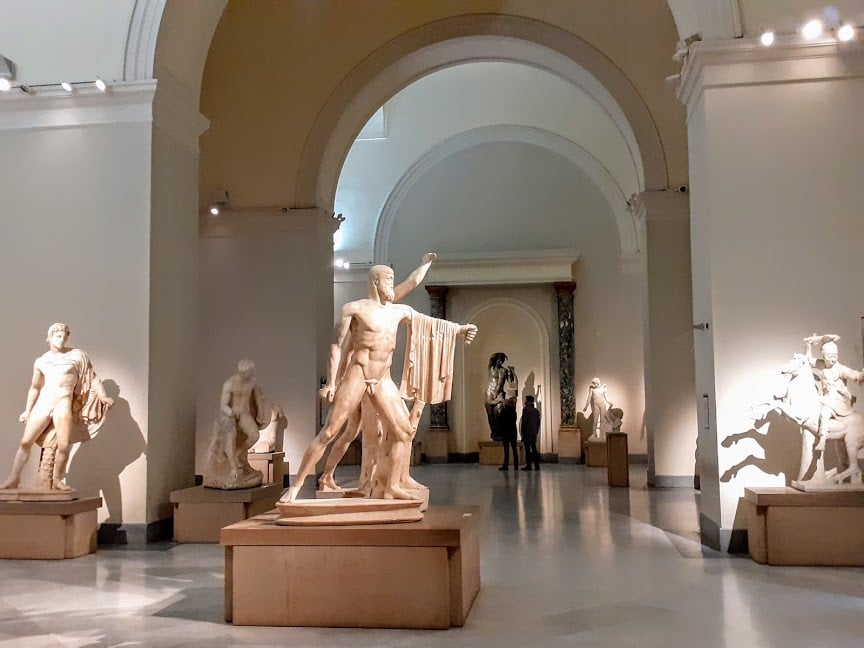
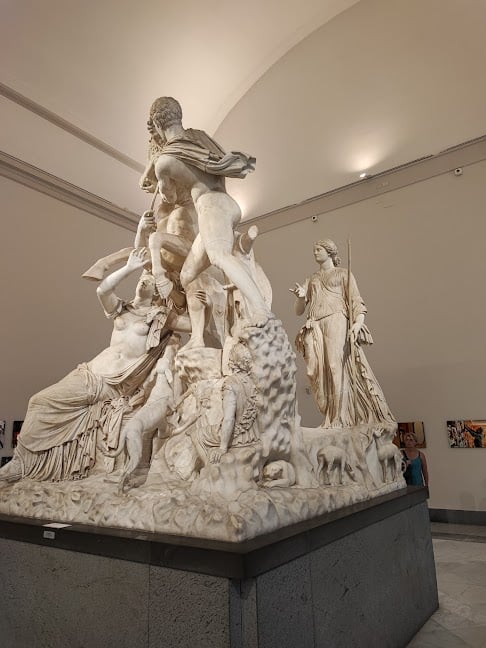
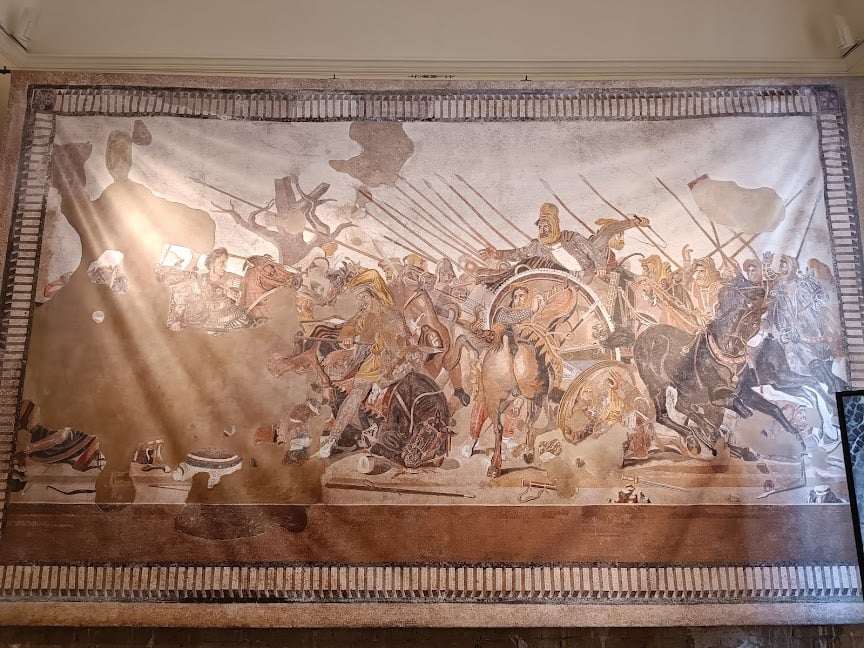
Ask ThatchGPT
Suggest a local expert to plan my trip
Suggest an unique itinerary for my Campania trip
What foods do Campania locals eat
What are some true hidden gems in Campania
Help me brainstorm trip ideas for Campania
Help me plan a family-friendly trip to Campania
What people say
Christian Galliani
"One of the world's greatest museums is the Naples National Archaeological Museum. Stuffed with the treasures excavated at Pompeii and the Farnese collection of classical sculpture, it has over three million classical art objects.
Founded in the 1750s by the Bourbon King Charles III of Spain, the building was originally a military barracks and used as a repository for the treasures excavated at Pompeii that were too vulnerable to looting to be left on-site. The best treasures from Pompeii and Herculaneum are on display here. Be sure not to miss the bronze sculptures from the Villa of the Papyrus in Herculaneum.
The extraordinary marble sculptures on the ground floor come from the Farnese Collection. Founded by Cardinal Alessandro Farnese, who later became Pope Paul III. The collection of classical sculptures was among the best in Renaissance Italy when Greek and Roman antiquities were sought after among cultural elites. The painter Raphael was in charge of excavations in Rome, and Michelangelo designed niches in the Farnese Palace to display these sculptures found or purchased on the antiquities market.
Later, the Farnese family became the Dukes of Parma, and the collection was moved to Northern Italy. Elisabetta Farnese inherited the collection, which is how they passed to her son Charles of Bourbon, King of the Two Sicilies, and why it was moved to Naples. Several works are now in the Capodimonte Museum (a former Bourbon palace), but most are displayed in the archaeological museum.
Mosaics from Pompeii are displayed on the second floor. In addition to the famous Alexander Mosaic, the collection includes decorative fragments from private dwellings and scenes of Roman life.
A mosaic of actors preparing for a performance, one playing the flute and others dressing while gathered around a box of theater masks, prompted archaeologists to name its excavation site "The House of the Tragic Poet."
The Secret Cabinet
In 1816, a scandalous illustrated guide was being traded among French elites. Written by Colonel Fannin, it's title was "The Royal Museum at Naples, Being Some Account of the Erotic Paintings, Bronzes and Statues Contained In That Famous 'Cabinet Secret' ". Though it had been officially published by the museum in Naples, French authorities deemed it too shocking and destroyed every copy they could confiscate.
Three years later, Francis I, King of the Two Sicilies, visited the museum and was appalled when he discovered exhibitions of giant phalluses and mosaics and paintings of men and women having intercourse. He ushered away his wife and daughter and made an official order to take the works off public view. From then on, women were barred from seeing the works, and only gentlemen with "well-known moral standing" could enter il gabinetto segreto.
When German and English elites discovered Italy on the "Grand Tour," the archaeological museum at Naples became a popular destination. With a small bribe offered to the museum guards, these men were given access to the pornographic treasures hidden inside the secret cabinet.
The collections include erotic frescoes and mosaics stripped from the walls and floors of Pompeii's many brothels. Thousands of phallus-shaped pendants, wind chimes, and candlesticks are in the collection, but only a few are on display. Many of these were likely household objects, made to honor the god Priapus and used as good luck charms or talismans of virility and fertility.
Eventually, the Secret Cabinet was bricked up and sealed. Over 150 years, there were only two occasions when access was granted. It was not until 2000 that the collection was made publicly available to both men and women and not until 2005 that it was officially installed into the museum's permanent gallery space.
"
Read more in:
Karen Arlene Phillips
Available for hire
"Are you a fan of ancient artefacts? I mean really ancient? Then this is the place for you.
The Archaeological Museum of Naples is one of the most important archaeological museums in the world and is home to an extraordinary collection of ancient Greek and Roman art and artefacts.
The museum was founded in the late 18th century by King Charles VII of Naples and was originally housed in the Palazzo degli Studi.
The museum's collection includes a vast array of ancient artifacts, including sculptures, frescoes, mosaics, pottery, and jewelry, spanning from the 2nd millennium BCE to the 6th century CE.
One of the most famous exhibits in the museum is the Farnese Collection, which includes the Farnese Bull, the largest single sculpture ever recovered from antiquity.
The museum also houses a collection of artefacts from Pompeii and Herculaneum, two ancient Roman cities that were buried by the eruption of Mount Vesuvius in 79 CE.
In addition to its impressive collection of ancient art the museum also features a library with over 100,000 volumes, a conservation laboratory, and a restoration workshop.
The museum also hosts some impressive exhibitions so I strongly suggest that you check out the website below to see what else is going on.
Hours of operation
Everyday (except Tuesday) 09.00 – 19.30
The Museum is always open on public holidays except for December 25th and January 1st, though I suggest you steer clear of heavy periods due to the long lines.
*When Tuesday coincides with a public holiday, the Museum is open and postpones the closing to the following Wednesday
Special openings on Tuesday year 2023:
25th April 2023 (closed on Wednesday 26th)
August 15th 2023 (closed on Wednesday 16th)
19 September 2023 (closed on Wednesday 20)
26 December 2023 (closed on Wednesday 27)
Tickets for adults ore 22 Euro, but the museum has many plans for reduce and even free entry ( https://mann-napoli.it/orari-e-tariffe/ )"
Valentina Vanegas
"The Naples National Archaeological Museum is one of the world’s most important collections of Greco-Roman antiquities. It’s especially famous for housing many of the most significant treasures unearthed from the ruins of Pompeii and Herculaneum, including intricate mosaics, frescoes, and statues. Highlights include the Alexander Mosaic, which depicts the battle between Alexander the Great and Darius III, and the Farnese Collection, with its colossal ancient sculptures. This museum is a must-visit for history lovers, offering a fascinating glimpse into the everyday life of the Roman Empire."
Mentioned in these guides
About Naples National Archaeological Museum
Get the inside scoop on Naples National Archaeological Museum from local experts, travel creators, and tastemakers. Browse genuine trip notes, Naples National Archaeological Museum reviews, photos, travel guides, and itineraries from real travelers and plan your trip with confidence.
Phone
Save this spot for later or start mapping out a new trip today
Try our AI Travel Assistant and get instant answers to any questions about your trip.
Ask ThatchGPT
